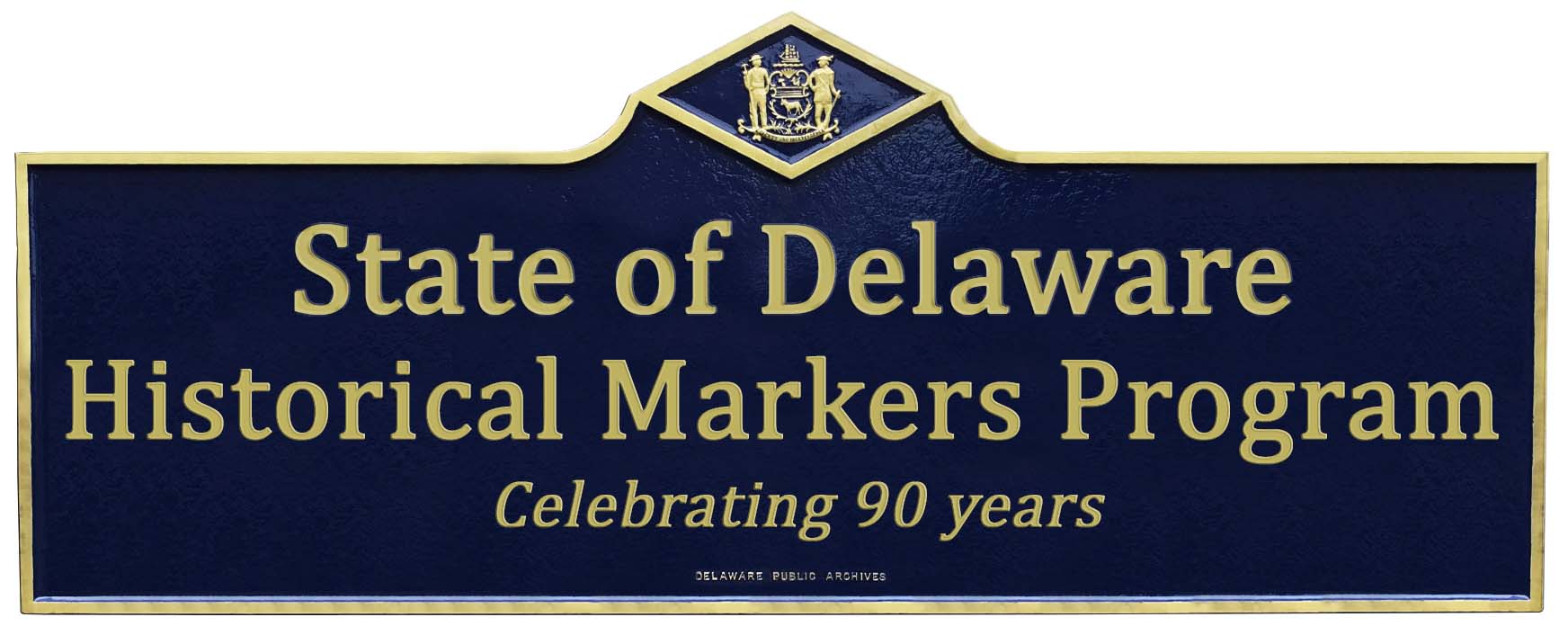

 Like the Native Americans before them, the European settlers of the 17th and 18th centuries utilized the Broadkill River as a means of transportation. Clearing of lands resulted in an abundance of grain and wood products. To transport these products to market, local craftsmen fashioned small vessels from the timbers of the prime hardwood forest that covered the land. Expanding settlement and the resulting increase in exports led to the construction of larger vessels capable of sailing to more-distant ports. As the number and size of these vessels increased, the reputation of local builders began to grow as well.
Like the Native Americans before them, the European settlers of the 17th and 18th centuries utilized the Broadkill River as a means of transportation. Clearing of lands resulted in an abundance of grain and wood products. To transport these products to market, local craftsmen fashioned small vessels from the timbers of the prime hardwood forest that covered the land. Expanding settlement and the resulting increase in exports led to the construction of larger vessels capable of sailing to more-distant ports. As the number and size of these vessels increased, the reputation of local builders began to grow as well.
Located at the highest point of navigation, the tiny village of Milton offered the advantage of proximity to the inland forests, and by the early 1800s, a majority of the shipyards were located here. While earlier vessels had been built for local commerce, the Broadkill industry’s reputation for quality fueled demand for ships by outside interests. The size of vessels grew steadily, and local shipwrights were routinely producing ships for the coastal and Trans-Atlantic trade by the mid-19th century. Increasing preference for steam-driven ships, the physical limitations of the river, and the lack of quality timber resulted in the rapid decline of the industry in the 1890s. By the dawn of the 20th century, the Broadkill’s “golden age” as a center for shipbuilding was over.
SC-143: Installed in 2001.
Milton Memorial Park, 113 Union Street, Milton, DE 19968
Related Topics: Broadkill River, Historical Markers, Milton, Shipbuilding, Trans-Atlantic Trade, vessels